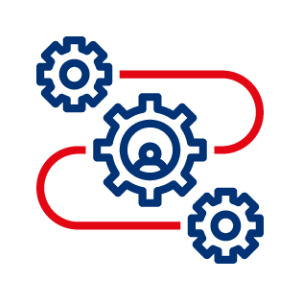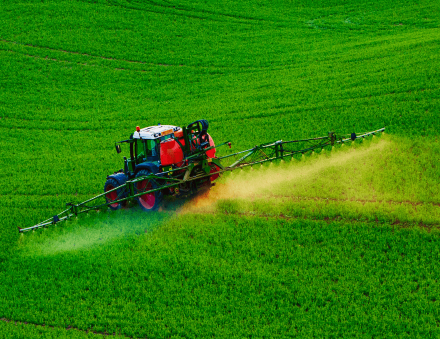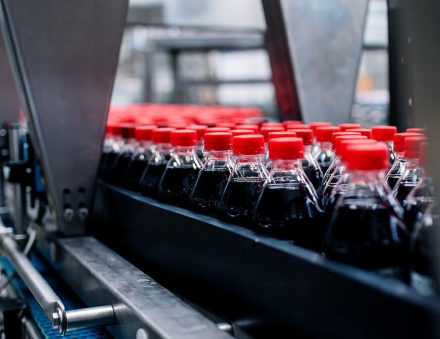

Smarter Beef and Pork Processing for a Leaner Market
In recent years, beef and pork markets faced weak or stagnant demand,* leaving traditional supply chain solutions struggling to support business complexity and meet financial targets.
Animal protein processing operates at high volumes and low margins – making it essential to extract value from every part of the animal. But how do you maximize value while managing inconsistent supply, variable weights and quality, and a near-infinite number of possible product combinations? Breeding, slaughtering, processing, packaging, and distribution – at every layer there’s a chance for plans to fail and further erode margins.
Traditional solutions like spreadsheets and ERPs cannot deliver the visibility and adaptability that meat producers need to succeed. Nor do they consider the variables needed to maximize returns: short order cycles, long-term supply contracts, shelf-life, food safety regulations, and optimal produce mix decisions.
A holistic view is vital if you’re going to effectively manage the challenges. Advanced Planning and Scheduling (APS) solutions bring structure to the chaos – improving coordination, reducing surprises, and unlocking measurable gains. According to McKinsey, companies using these tools can realize significant EBIT improvements.**
Moving to Advanced Planning & Scheduling
- More consistent plans
- Increased customer satisfaction
- Data-driven and KPI-based decision-making
- Faster time-to-market for new products and channels
- True perfect-fit with your unique animal protein operations
- Optimize supply push and demand pull
- Single platform for all planning horizons
- Strategic scenario and tactical what-if analysis
Beef production is projected to experience modest growth in the coming years, driven by increased cattle availability and evolving market demands. According to the OECD-FAO Agricultural Outlook 2024–2033, production levels are expected to remain relatively stable through 2025 and beyond, with growth influenced by feed costs, shifting consumer preferences, and economic pressures. Despite this stability, high prices and profitability challenges persist, making it crucial for producers to maximize the value of each animal and optimize operations to weather market disruptions.
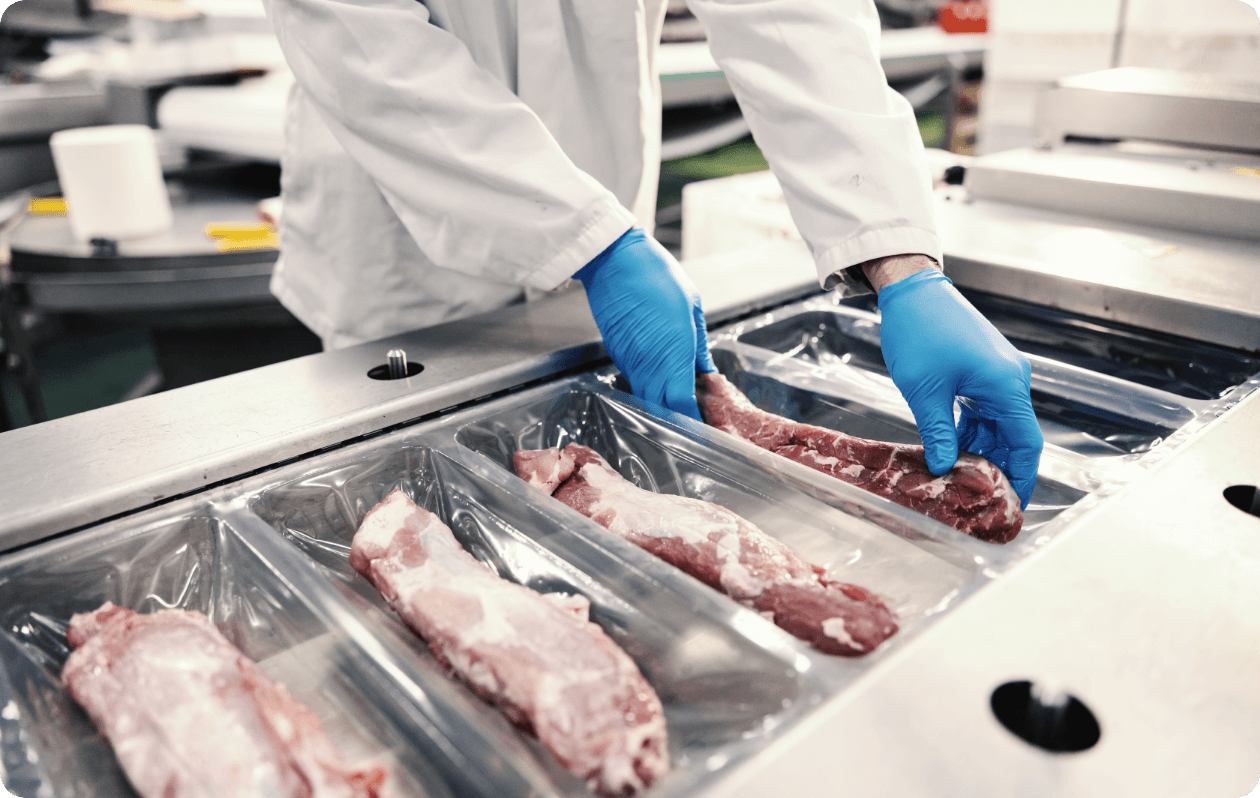
In contrast, the global outlook for pork is less optimistic. The OECD-FAO Agricultural Outlook 2024–2033 predicts that pork production may face notable challenges in 2025 and beyond due to stricter environmental regulations, biosecurity concerns, and adjustments in major markets like China. Efforts to manage oversupply and stabilize local prices are anticipated to continue, potentially impacting global supply chains. This creates an imperative for producers to innovate and streamline operations to remain competitive.
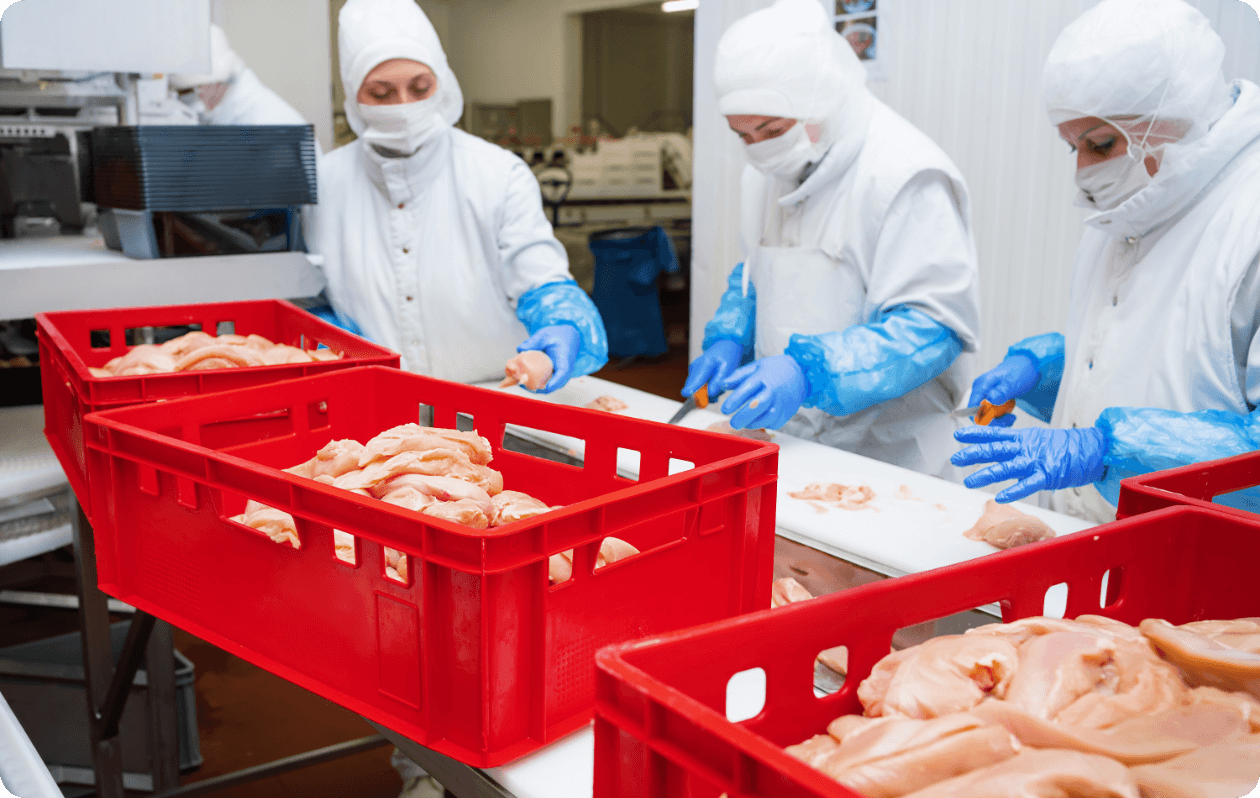
What Does This Mean for the Coming Years?
The long-term trends identified by the FAO suggest:
- Beef and Veal: Steady production with moderate growth driven by market demand and cost-management strategies.
- Pig Meat: Heightened vulnerability to external factors such as disease outbreaks and regulatory shifts, potentially suppressing growth in key regions.
Staying ahead means not only anticipating these shifts but also adapting supply chain strategies to enhance resilience and sustainability.
This presents some interesting opportunities:
Optimizing The Journey: Sustainable Value Creation
Supply - Push
Demand - Pull
Decision Intelligence:
Smart Planning For A Complex Industry
In the fast-moving animal protein sector, Decision Intelligence transforms complexity into clarity. By integrating AI and advanced analytics with APS, it empowers planners to make faster, smarter decisions – consistently. For example:
- Carcass balancing: How do identify the specific cut plan that translates to the optimal product mix?
- Peak Planning: Can you avoid the cost of external storage during peak periods?
- Value from Excess: Detect aging stock early and unlock value before it expires.
- Growth and Expansion: Procure extra livestock to grow market share?
- Co-Product Optimization: How do you turn pork trimmings or beef offcuts into profit?
Embracing Decision Intelligence breaks down planning silos, giving all stakeholders timely insights into the impact of any changes. Gain the flexibility to navigate changes fast, better meet customer demands and increase profitability.
Transforming Together:
Our Approach To Your Success
Transformation doesn’t happen in isolation. Our structured, partnership-based approach ensures change is meaningful, measurable, and lasting. We work with you to define, design, and unlock tangible value for your business. With our three-step approach, we ensure that people, processes, and technology align to drive resilient, efficient, and sustainable operations:


